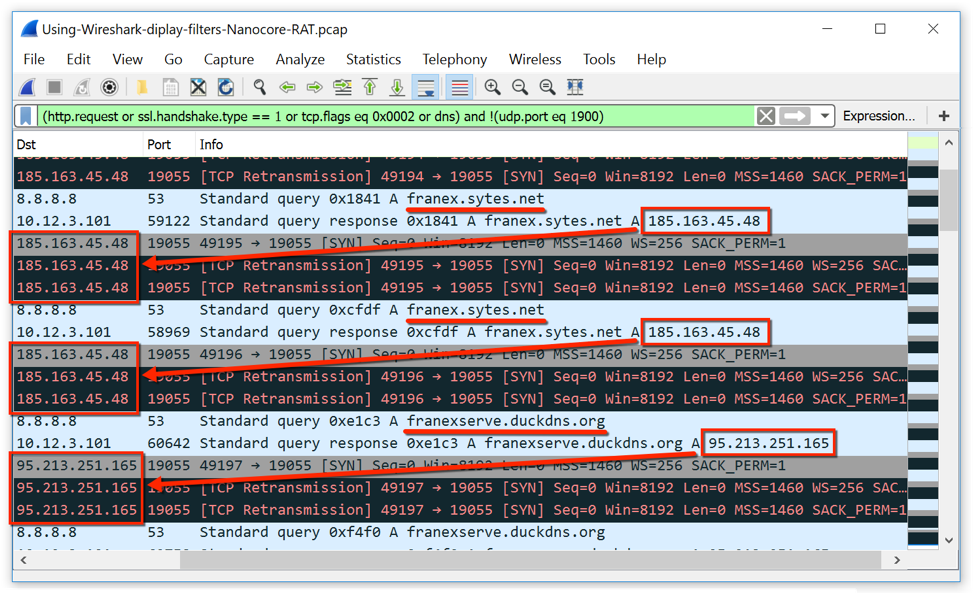
The packet capture is shown here in Wireshark. Here is an example of a complete client authentication process from the above packet capture.
The client is now able to pass traffic to the access point. The access point will reply with an association response with a success message, granting network access to the client. Upon successful authentication, the client sends an association request frame to the access point. The access point sends an authentication reply, inviting the client to authenticate to the SSID. The client decides which AP is the best for access (based on compatibility with received probe responses) and sends an authentication request to the AP it deems best to connect to. Access points within range respond with a probe response frame, advertising the SSID (wireless network name), supported data rates, encryption types if required, and other 802.11 capabilities of the AP. The client broadcasts probe request frames on every channel, to all APs. Probe requests advertise the mobile stations supported data rates and 802.11 capabilities such as 802.11n.  Access points (APs) continuously send out beacon frames which are picked up by nearby WLAN clients, advertising their SSIDs and data rates. Maximum signal strength, you are probably standing right next to the access point.īased on 802.11 specifications, the client authentication process consists of the following:
Access points (APs) continuously send out beacon frames which are picked up by nearby WLAN clients, advertising their SSIDs and data rates. Maximum signal strength, you are probably standing right next to the access point.īased on 802.11 specifications, the client authentication process consists of the following: 
Reliable signal strength– the edge of what Cisco considers to be adequate to support Voice over WLANĪnything down to this level can be considered excellent signal strength. This information is useful for determining the expected quality of the signalĬhances of connecting are very low at this level
Signal strength: Signal strength indicates the power level in dBm at which the sniffing adapter received the packet. Data rate: To understand why data transmissions don’t always make it from a transmitter to receiver, you must know what data rates are being used. 
If your intention is to get a capture focused on a specific AP, then lock your capture to that AP’s channel, and validate that the capture was on that channel
Channel (frequency): As a wireless LAN may support anywhere from 3 to 25 different channels, it’s crucial to know exactly which channel(s) your capture was taken from. Some important physical layer values you need to be aware of are channel, data rate, and signal strength. It is important to get an understanding of the physical layer of the capture before diving into the capture to analyze the upper layers. Unlike wired packet analysis, the wireless physical layer is more complex.







 0 kommentar(er)
0 kommentar(er)
